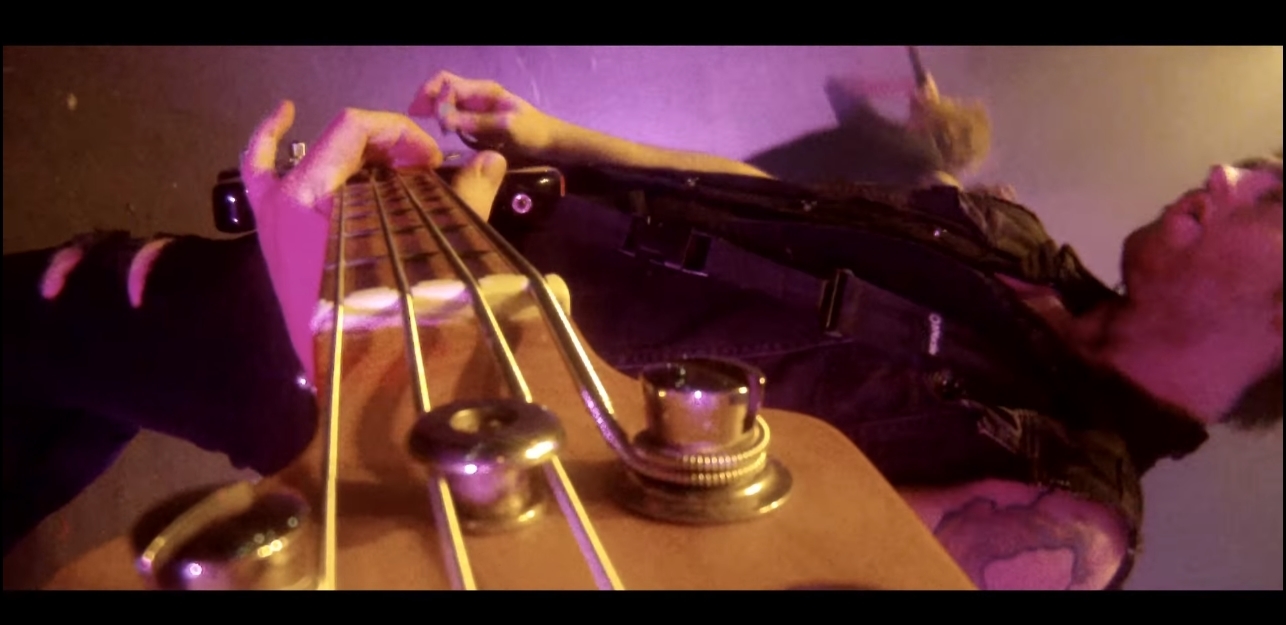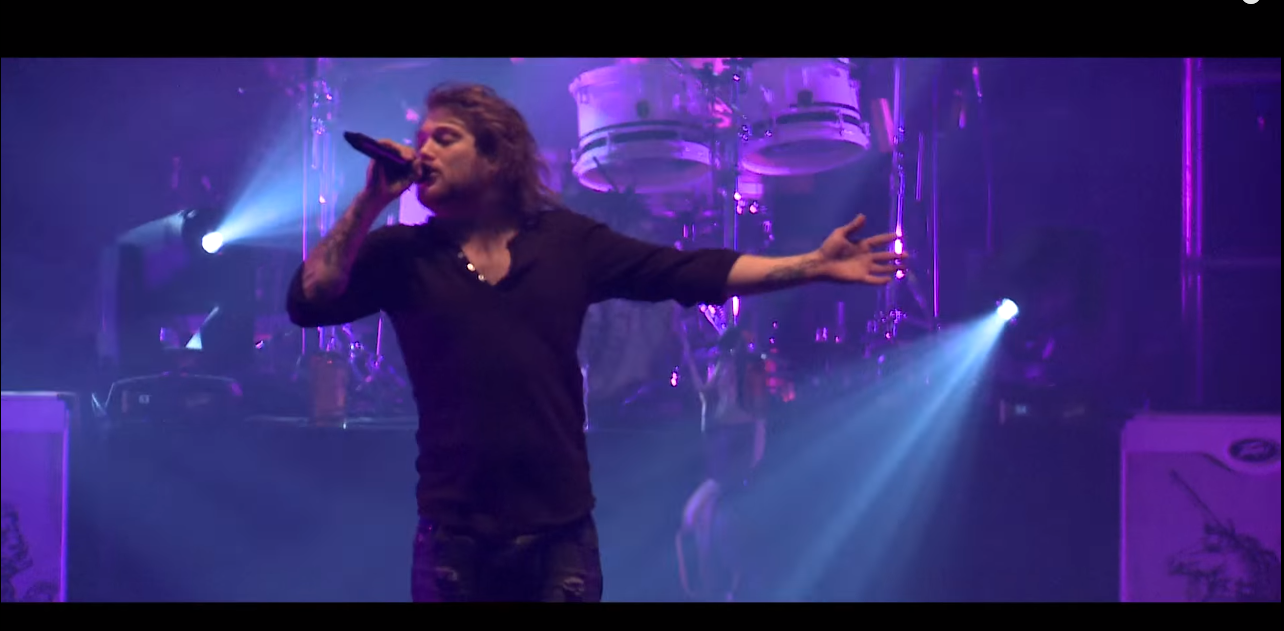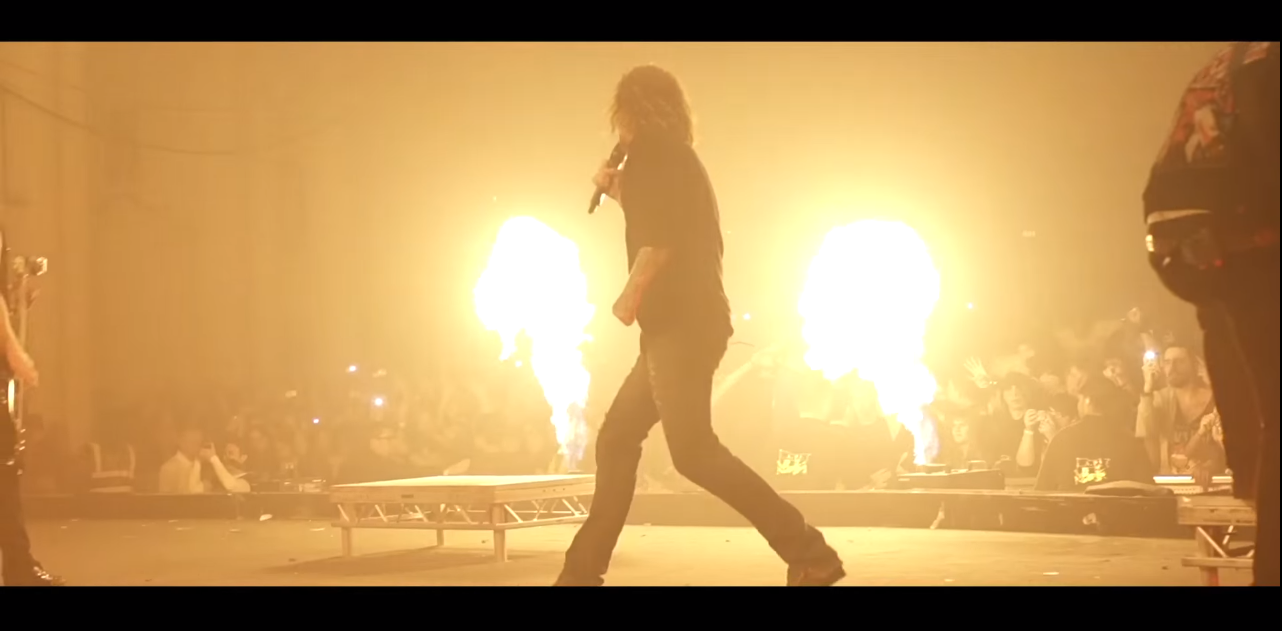A short film is usually a low budget, indie
film that drops the audience straight into the thick of the narrative. It
usually doesn’t come full circle, often ending on a cliff-hanger of sorts, as
with a small run time it is hard to create a fully developed narrative. Short
films are usually created so people can show off their creativity and skills
which then allows them to be ‘spotted’ by bigger companies who will later fund
them in developing full feature films.
In Wasp, there is a neglectful mother who
is metaphorically the wasp. She constantly puts her children in danger for her
own gain by doing things such as leaving them outside a pub all night so she
can have a drink with a man she met earlier that day after coming back from
fighting one of her neighbours… This is reckless behaviour with no sense of
caring for those who she should love the most making a wasp a fitting metaphor.
The wasp is a fitting metaphor because most people just see them as there to
hurt you as they do not offer any benefits to anyone but themselves.
 The children are exposed to drunk people
and are forced to eat left over food from off the floor. Whilst eating, a wasp
flies into the baby’s mouth causing the children to scream and panic. This
causes the mother to pull away from kissing her male counterpart and rush to
the kids where she does nothing but say ‘don’t sting him’. This once more shows
her lack of care, as their mother she should be not put them in potential
danger in the first place. This scene could show however, how she doesn’t
intend for them to get hurt and she is just trapped in this life, like the wasp
trying to get out the window earlier on in the film.
The children are exposed to drunk people
and are forced to eat left over food from off the floor. Whilst eating, a wasp
flies into the baby’s mouth causing the children to scream and panic. This
causes the mother to pull away from kissing her male counterpart and rush to
the kids where she does nothing but say ‘don’t sting him’. This once more shows
her lack of care, as their mother she should be not put them in potential
danger in the first place. This scene could show however, how she doesn’t
intend for them to get hurt and she is just trapped in this life, like the wasp
trying to get out the window earlier on in the film.
This representation of single mothers and
Britain is completely inaccurate in my opinion, it makes it seem that every
single mother from that part of the country openly endorses this type of
behaviour. It also shows that this is what happens when women do not fulfil
their stereotypical housewife role which everyone knows for a fact, is not the
case almost 100% of the time.
The use of the children singing popular
songs from the 90s, despite the severity of the situation, is contradictive but
also represents the innocence of the children to not know any better as they
have no reason to seem upset as it is just a regular day to them.
The camerawork is also ‘frustrating’, but
in a positive way as it adds to the distress of the audience through the over
use of handheld camera and the stylistic effects used make the camera appear
old and grainy to reinforce the themes of poverty that drive the narrative of
the film. The film is naturalistic and seems unscripted, almost like a
documentary. The reason this is done is so that we feel as if we are watching
it all unfold, but it also makes it impossible to help even though we want to
because it feels so real.


 Gasman
is set in Glasgow in the 1970s, straight away we can see how life was hard as
one of the children was playing with sugar, linking both films with a theme of
poverty. In Wasp the children are dirty and underfed. They are also wearing
dirty clothes that don’t necessarily fit them very well, this is due to their
mother being on her own. In Gasman, it is essentially the same situation but
the children appear to have better clothing which can be put down to the fact
that they have a father on the scene, they aren’t necessarily fed better but
they are dressed better.
Gasman
is set in Glasgow in the 1970s, straight away we can see how life was hard as
one of the children was playing with sugar, linking both films with a theme of
poverty. In Wasp the children are dirty and underfed. They are also wearing
dirty clothes that don’t necessarily fit them very well, this is due to their
mother being on her own. In Gasman, it is essentially the same situation but
the children appear to have better clothing which can be put down to the fact
that they have a father on the scene, they aren’t necessarily fed better but
they are dressed better.
There is a difference in camerawork as
Gasman uses static cinematic shots such as a tilt up the railway tracks to
bring the father and his children into the shot compared to the jittery
handheld camera in Wasp. As well as this, Lynne Ramsay likes to use shots such
as extreme close ups to convey meaning such as when the man’s other
(ex)partner. The man takes two children off of her and they immediately mingle
with the other children there which shows that the children have no worries
despite the fact that the life they live is full of struggles, just like in
Wasp.

Also like in Wasp, the father takes the
children to what appears to be a Christmas party so he can drink with his
friends. Whilst at the party however, the children find out that they both have
different mothers but the same father which causes the two girls to turn on
each other and begin to ‘fight’. As this gets revealed it soon cuts to them
walking back in the dark down the railway, the lack of light stays for the rest
of the film as it represents the depressing truth that the children have found
out. Both films make us of natural lighting, turning darker towards the end, to
convey meaning. The reduction of light also coincides with the storyline as
develops in a negative direction.
Much like Wasp, Gasman is not accurate in
terms of representation as it shows men as being unfaithful and wanting to
sleep around even though the majority of men would stay faithful to their
partner. Both films represent Britain as being dystopian and a bad place to
live which in reality, is not the truth. Both directors differ in style but
effectively portray a similar message, Andrea Arnold likes to use distressing,
fast paced, handheld shots but Lynne Ramsay likes to use long lasting shots,
that keep the target on screen for a large amount of time to convey meaning.
 Straight from the beginning of this music video it is clear to see that it is a 'performance' music video, this is shown to us through the first shot showing the entire band and an audience in front of them. This is one of the conventions established by Richard Lester originally used in the music video for 'If I Fell' in 'Hard Day's Night'.
Straight from the beginning of this music video it is clear to see that it is a 'performance' music video, this is shown to us through the first shot showing the entire band and an audience in front of them. This is one of the conventions established by Richard Lester originally used in the music video for 'If I Fell' in 'Hard Day's Night'. The following shot is handheld. This is for multiple reasons, it is to give a sense of action as the song picks up in tempo and volume but it is also to give a feeling that you're there. Like you're behind the drummer watching his every move. As well as this, the angle of this shot coming from behind the drummer at the very back of the stage is intended to give the viewer a feeling of awe. It is almost as if the viewer is on the stage being watched along with the band.
The following shot is handheld. This is for multiple reasons, it is to give a sense of action as the song picks up in tempo and volume but it is also to give a feeling that you're there. Like you're behind the drummer watching his every move. As well as this, the angle of this shot coming from behind the drummer at the very back of the stage is intended to give the viewer a feeling of awe. It is almost as if the viewer is on the stage being watched along with the band. The use of cranes is predominant within this music video, tracking downward each time. This gives a sense of scale to the music video and shows that it was in fact filmed at a show live and not in a studio. It brings the video to life as you can see almost everyone at the show coming to life whilst the band play.
The use of cranes is predominant within this music video, tracking downward each time. This gives a sense of scale to the music video and shows that it was in fact filmed at a show live and not in a studio. It brings the video to life as you can see almost everyone at the show coming to life whilst the band play. This is another handheld Point-Of-View shot but from the audiences perspective. It is there to make you feel like a member of the crowd but also shows how the band are idolised by the positioning of the camera. It is also a low angle shot and pictures the band members towering above the audience and is a fairly accurate representation as if they weren't idolised then people wouldn't turn up to their concerts.
This is another handheld Point-Of-View shot but from the audiences perspective. It is there to make you feel like a member of the crowd but also shows how the band are idolised by the positioning of the camera. It is also a low angle shot and pictures the band members towering above the audience and is a fairly accurate representation as if they weren't idolised then people wouldn't turn up to their concerts. Another example of a convention established by Richard Lester is a close-up of instruments being played. In this music video it is done in a way that is very unusual. It was achieved by attaching a GoPro Camera to the head of the guitar facing down the neck. This shows the guitarists playing at an angle never seen before and is somewhat an evolution of the convention originally set by Richard Lester.
Another example of a convention established by Richard Lester is a close-up of instruments being played. In this music video it is done in a way that is very unusual. It was achieved by attaching a GoPro Camera to the head of the guitar facing down the neck. This shows the guitarists playing at an angle never seen before and is somewhat an evolution of the convention originally set by Richard Lester. This medium shot allows the audience to establish who the main vocalist is as no one else is in shot except him at that precise moment in time. As well as that, he is in the foreground of the shot with drums in the background, once more reinforcing that he is the main member due to his positioning on the stage.
This medium shot allows the audience to establish who the main vocalist is as no one else is in shot except him at that precise moment in time. As well as that, he is in the foreground of the shot with drums in the background, once more reinforcing that he is the main member due to his positioning on the stage. Slow motion is used throughout the music video accompanied with shots from behind the band once more delivering a sense of awe. Slow motion is not a convention from Richard Lester but derives more from it's use in the film industry to convey an immense feeling of action taking place which is further represented through the tempo of the music at that point in time.
Slow motion is used throughout the music video accompanied with shots from behind the band once more delivering a sense of awe. Slow motion is not a convention from Richard Lester but derives more from it's use in the film industry to convey an immense feeling of action taking place which is further represented through the tempo of the music at that point in time.  A High Angle shot is also used as the member of the band use the GoPros on the ends of their guitars to bring the audience into view, showing the venue completely lit up by mobile phone torches and lighters. Yet again bringing about the common theme of this music video, awe.
A High Angle shot is also used as the member of the band use the GoPros on the ends of their guitars to bring the audience into view, showing the venue completely lit up by mobile phone torches and lighters. Yet again bringing about the common theme of this music video, awe. 




